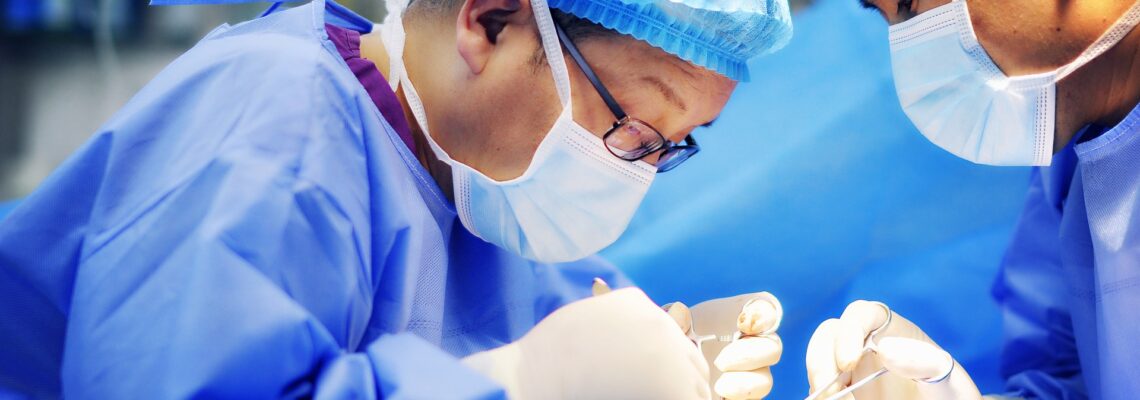
Orthopaedic Surgery Advances: Improving Patient Outcomes
- April 27, 2023
- 1 Like
- 148 Views
- 0 Comments
Orthopaedic surgery is a subspecialty of medicine that treats disorders of the musculoskeletal system, which includes bones, joints, muscles, and tendons. Orthopaedic surgeons diagnose, treat, and prevent musculoskeletal problems, accidents, and diseases using surgical and non-surgical approaches.
Advances in technology and procedures have revolutionised the field of orthopaedic surgery over the last few decades, resulting in better patient outcomes, faster recovery times, and higher quality of life. In this post, we will look at some of the most recent advances in orthopaedic surgery and how they assist patients.
MIS stands for minimally invasive surgery
Minimally invasive surgery (MIS) is a surgical procedure that accesses and repairs the damaged area with small incisions and specialised equipment. MIS leads in reduced pain, scars, and blood loss, as well as faster recovery times when compared with standard open surgery.
MIS techniques are being used by orthopaedic surgeons for a variety of treatments, including joint replacements, spine surgeries, and sports injuries. MIS operations are often carried out with arthroscopic instruments, which allow the surgeon to visualise and operate on the afflicted area without the need for major incisions.
Computer-Aided Surgery (CAS)
Computer-assisted surgery (CAS) is a surgical process planning and guidance technique that employs computer imagery and modelling. Surgeons can use CAS to produce a 3D model of the damaged area, allowing them to see the surgery and plan the most efficient approach.
CAS can be utilised for a variety of orthopaedic procedures, such as joint replacement, spine surgery, and trauma surgery. CAS can assist improve patient outcomes and shorten recovery times by increasing accuracy and lowering surgical errors.
Implants and prosthetics made to order
Advances in 3D printing technology have enabled the creation of personalised implants and prostheses that are tailored to the specific demands of each patient. Surgeons can obtain a better fit and alignment with personalised implants, which can enhance patient outcomes and lower the risk of problems.
Custom implants and prosthetics can be used to treat a variety of orthopaedic diseases, such as joint replacement, spine surgery, and trauma surgery. Custom implants and prostheses can assist increase patient happiness and quality of life by giving a more personalised approach to treatment.
Medical Regeneration
Regenerative medicine is a branch of medicine that focuses on repairing and regenerating damaged tissues and organs by utilising the body’s own healing processes. Regenerative medicine approaches like as stem cell therapy and platelet-rich plasma (PRP) therapy can be utilised in orthopaedic surgery to promote healing and improve outcomes.
In stem cell therapy, stem cells are injected into the afflicted location, where they can develop into different cell types and promote tissue regeneration. PRP therapy is injecting a patient’s own blood plasma into the afflicted area, which includes growth factors and other healing components.
Surgery Assisted by Robots
RAS is a surgical technology that employs robotic arms and specialised equipment to execute surgical procedures. Surgeons can achieve higher precision and accuracy using RAS, which can enhance patient outcomes and lower the risk of complications.
RAS can be utilised for a variety of orthopaedic procedures, such as joint replacement and spine surgery. RAS can assist improve patient outcomes and shorten recovery times by boosting surgical precision and lowering the possibility of human mistake.
To summarise, advances in the field of orthopaedic surgery have been tremendous in recent years, with new technologies and techniques enhancing patient outcomes and quality of life. These innovations, ranging from minimally invasive surgery and computer-assisted surgery to custom implants and regenerative medicine, are assisting orthopaedic surgeons in providing better care and treatment for their patients.


Leave Your Comment